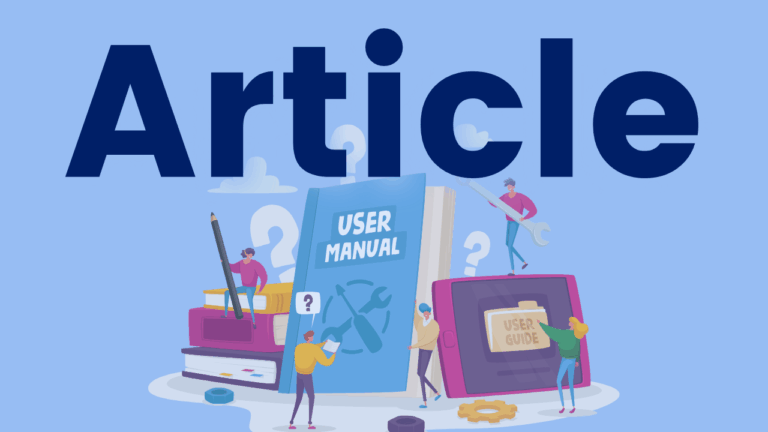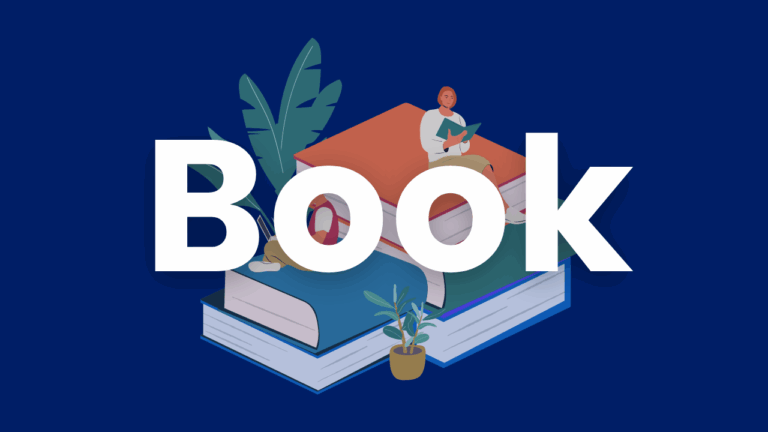High Frequency Word Grids
This is a set of fluency grids including words from the UFLI Irregular Words and the High-Frequency Dolch and Fry Word Lists that are aligned with the UFLI scope and sequence. They can be used for a whole group, small group, partner, or independent to practice fluency with high-frequency words. Thanks to Avon Maitland DSB…





